The beautiful landscapes and gastronomy have always been the great arguments for taking a tourist trip or spending a few Holidays in Asturias.
And furthermore, Asturians say that we Madrid people like travel to Asturias in summer due to the mildness of its temperatures. In my case, that is also true.
In fact, I admit that I have always been passionate about the Cantabrian coast, especially Asturias y Cantabria.
Specifically in Asturias I have always appreciated its combination of landscapes, from the steepest mountains to the coast, with its picturesque fishing villages and small beaches between cliffs.
And, of course, their gastronomic attractions, specifically, the fabada, the rice pudding (sublime!) and the well-drafted natural cider.
However, in the trips I have made in recent years I have had the opportunity to discover “another Asturias“, that of cultural and industrial heritage.
All the information in detail
Asturian pre-Romanesque
If you are going to do cultural tourism in Asturias you will have to see the jewels of Asturian pre-Romanesque art, which I am convinced is attractive enough to justify a visit to this region, not only by Spaniards, but also by foreign tourists.
I already knew the iconic monument of this architecture, Santa María del Naranco in Oviedo, although I could not complete the visit by seeing the nearby church of San Miguel de Lillo for being covered by tarps due to some construction.
But on my last visit I was able to discover two lesser-known gems. On the one hand, Santa Cristina de Lena, located in the Lena's Council, In the Central Mountain, whose architectural appeal is combined with an impressive landscape enclave.

And on the other, San Salvador de Valdediós, in the Villaviciosa council, a church from the year 893 that forms a monumental complex with the church of an old Cistercian monastery.
Asturian Romanesque
Furthermore, until this trip I was not aware of the great importance that Romanesque art It also has in Asturias.
Of the romanesque churches that I have had the opportunity to visit, without a doubt the main protagonist is Saint Vincent of Serrapio, located on top of a hill in the Aller Valley, In the Central Mountain.
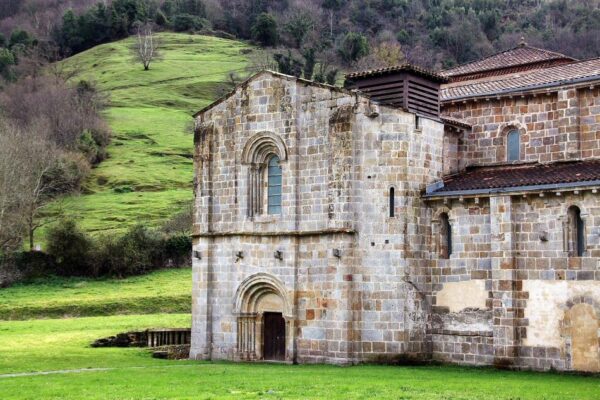
Also notable is the main façade of the church of Santa María de la Oliva, riding a Villaviciosa, an example of transition from Romanesque to Gothic, or the church of San Juan de Amandi, in the aforementioned capital of the Cider Region.
Or very close Romanesque monastery of Santa María de Valdediós, located next to the aforementioned pre-Romanesque church of Valdediós.
Also in Asturias you can see samples of rural churches of Romanesque origin, which with their modifications, still survive as parishes, as are the cases of Saint Julian of Viñón o San Andrés de Valdebárcena, both in the Villaviciosa council.
And as a curiosity, the church of Santa Eulalia de Ujo, in the Mieres council, which was completely rebuilt in 1922 to be able to extend the railway route, and in which some elements of an old Romanesque church from the XNUMXth century were used, including the old apse.

But talking about cultural heritage in Asturias is not only talking about architecture, since the so-called industrial heritage It also has great importance.
Industrial heritage of Asturias
La mining and steel tradition of Asturias, industries that a few decades ago covered the facades of houses in black and disrupted natural landscapes, have now become the center of attention of a culture tourisml interested in how they influenced the life and customs of the population.
Thus, not long ago, during the visit to the Nalón Valley, in Langreo I met the MUSI, Felguera Steel Museumas well as the new Samuño Mining Ecomuseum. And previously, a few years ago, I was able to go down to the interesting mine image of the MUMI Mining Museum en The Deliver.
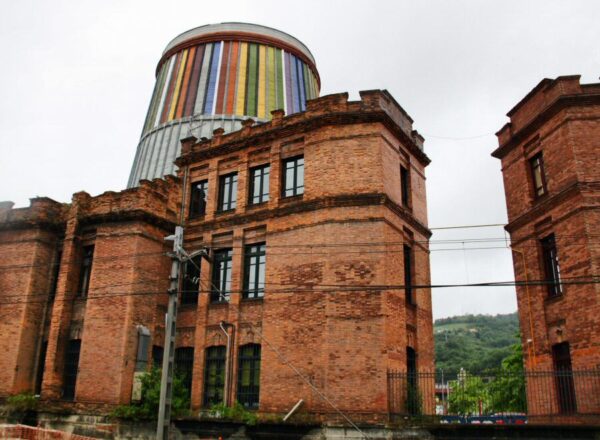
On the last trip, the industrial heritage took center stage Mieres and the Caudal River basin. And above all, the very curious experience of industrial paternalism what did he suppose old mining town of Bustiello.
This visit is complemented by other samples of industrial heritage in the Turón Valleyand Hawthorn Well, the oldest remaining in Asturias with the engine in the extraction tower itself, or the curious Pozo Fortuna powder magazine, a place best known in recent times for the common grave immersed in the process of recovering the Historical memory.
ORGANIZE your TRIP
- Don't forget your TRAVEL INSURANCE with a 5% discount
- Book the HOTEL for your trip
- RENT a CAR for your trip
- The best TOURS and EXCURSIONS in Spanish
- NO-LINE TICKETS for museums and monuments
- Best FREE TOURS around the world
- Book your TRANSFER from the airport
- eSIM card with INTERNET at the best price
Ethnographic tourism in Asturias
Another aspect of cultural heritage of Asturias, is the so-called ethnographic tourism, associated with the traditions and customs of the town.
In this regard, I once had the opportunity to visit a mothers workshop, the typical Asturian rural footwear, and now I have discovered the enormous variety of granaries what is in Asturias during the Bueno's visit, a very small town near Mieres that concentrates up to 47 of these typical rural barns, an example of popular architecture, and in whose interpretation center you can see various curiosities about the granaries.

But I have also had the opportunity to visit an endearing Rural School museum in Viñón, in the council of Cabranes, In the Cider Region.
And, of course, the large cities of Asturias also concentrate an important cultural heritage.
I admit that it has been a while since I was interested in the possibility of visit Oviedo. But in the last three years I have had the opportunity to visit it twice, and I have been surprised by the charm of its historical Center pedestrianized (another example of the attractiveness that pedestrianizing creates for a city), with its monuments, such as the cathedral, and its palatial buildings.
O Gijón, where I have now been able to discover several samples of its past, visiting archaeological sites in the Roman baths of Campo Valdés, the Asturian fort of Campa Torres, Or the Roman villa of Veranes.
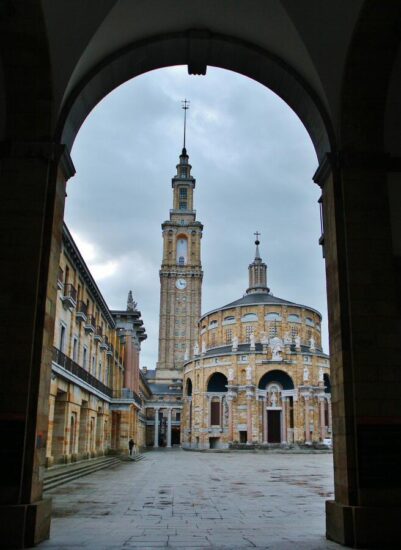
In addition to seeing the palatial buildings of the old Cimavill fishing districta, Where is he Jovellanos Birthplace Museum, with the impressive altarpiece of the sea de Sebastian Miranda, I have been impressed by the majesty of the building of the cultural city The Labor, which has not stopped reminding me of Monastery of El Escorial, although it is bigger!!
And finally, I don't want to stop talking about Avilés, a town that has undergone a great transformation in recent years and has become a cultural focus after the inauguration of the Niemeyer Center, great work of the prestigious Brazilian architect who recently died.
In short, as I said at the beginning, I have confirmed that Asturias offers visitors an important cultural aspect, beyond the beautiful coastal and mountain landscapes, and the fame of its gastronomy.
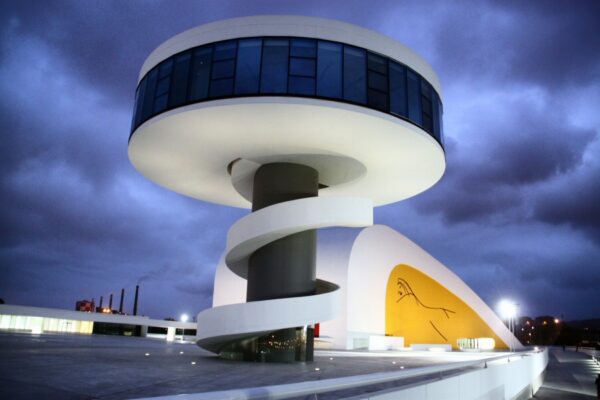


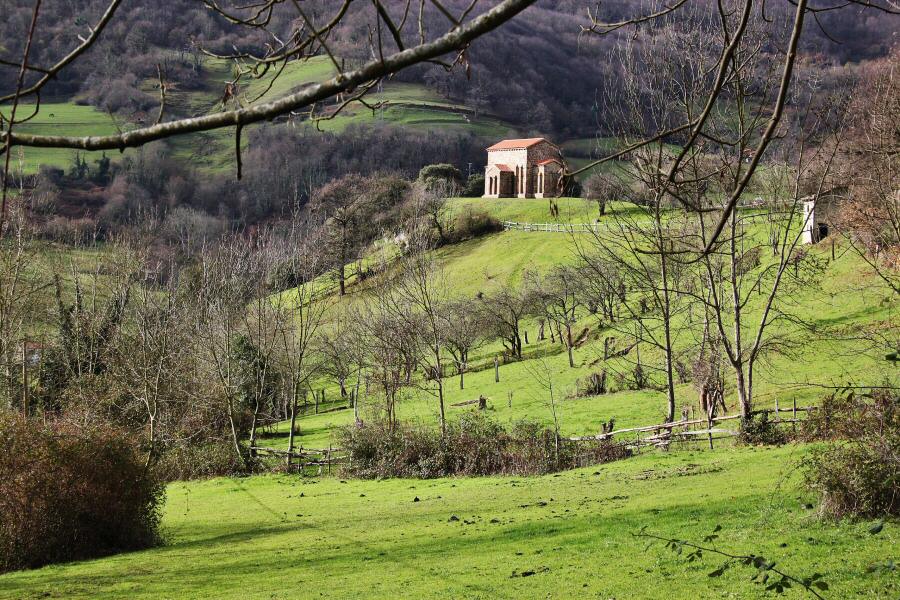

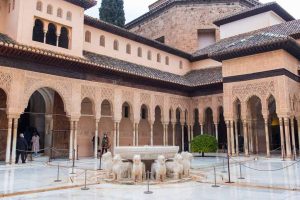
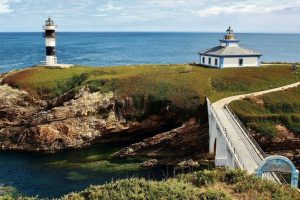











The Center for Mining Experiences and Memory was opened not long ago in Pozo Sotón, about the Asturian mining heritage, with real objects, very interesting.